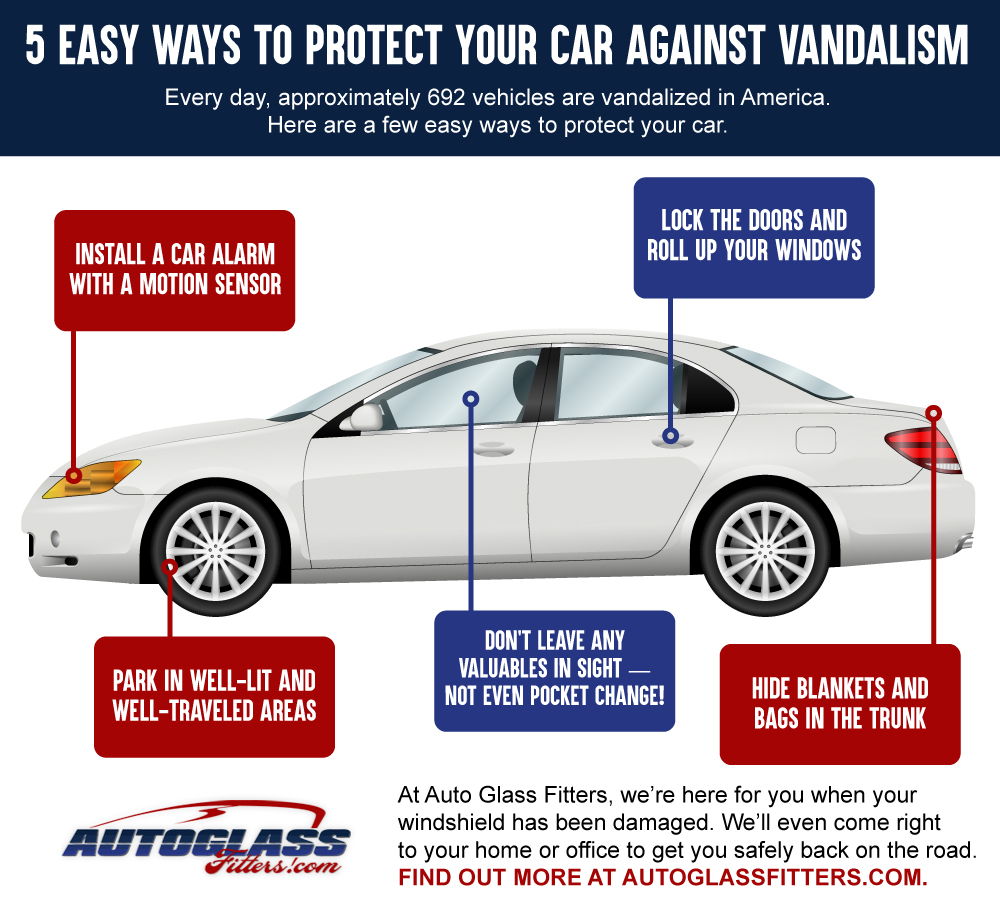Grasp The Essential Stress Cleaning Methods Adapted For Each Surface Type To Make Certain Sensational Outcomes-- Introduce The Keys To A Seamless Surface
Grasp The Essential Stress Cleaning Methods Adapted For Each Surface Type To Make Certain Sensational Outcomes-- Introduce The Keys To A Seamless Surface
Blog Article
Content Writer-Hyde Geertsen
When it concerns push cleaning, the strategy you pick can make all the distinction in achieving a clean, streak-free surface. You may discover that difficult surface areas, like concrete, need a different method than softer products, such as wood or plastic. It's vital to adapt your techniques to the surface area kind to avoid damages while making best use of cleaning effectiveness. So, what are the most effective methods for every surface area, and how can you ensure you're utilizing the appropriate settings and tools for the task? Allow's discover what you need to understand to obtain the most effective results.
Difficult Surface areas
When it concerns pressure washing tough surfaces, preparation is key. Before you even think about pulling out the pressure washing machine, put in the time to remove the location of any type of debris, furniture, or barriers. You don't want anything entering your way or potentially destructive your equipment.
Next, evaluate the surface area for any fractures or damage; this will help you figure out the appropriate method and stress settings.
When you've prepared the area, it's necessary to choose the best nozzle. For difficult surface areas like concrete or block, a narrow nozzle (15 or 25 levels) works best to supply a focused stream of water that can effectively eliminate crud and discolorations. Constantly start at a distance and gradually relocate more detailed to prevent any type of surface area damage.
As https://www.gearpatrol.com/food/a40155240/how-to-clean-a-grill/ start cleaning, maintain the stick relocating to protect against touches and over-saturation. It's also valuable to function from the top down, allowing dirt and particles to get rid of normally.
Ultimately, remember to wash the surface area completely after cleansing to eliminate any leftover detergent. With these techniques, you'll achieve a clean and rejuvenated appearance on all your tough surface areas.
Soft Surfaces
Pressure cleaning soft surface areas requires a gentler technique to shield them from damage. Whether you're cleaning your deck, patio area furnishings, or house siding, using way too much pressure can lead to dents, scrapes, or even permanent harm.
Start by choosing a low-pressure nozzle, ideally a 25-degree or broader spray pattern, to spread the water extra delicately.
Prior to you start, it's vital to pre-treat any kind of spots with a suitable cleansing remedy. what is the best commercial window cleaner permits the cleaner to penetrate the dust and gunk, making it easier to wash away without scrubbing also hard.
Always use the solution from all-time low as much as stop streaking.
When you start stress washing, preserve a distance of at the very least 12 to 18 inches from the surface area. Relocate your stick in a sweeping activity, keeping it parallel to the surface area to prevent focused stress on one spot.
Wash the area extensively after cleaning up to remove any kind of residual cleanser.
Finally, examine the surface area for any kind of missed spots and repeat the procedure if necessary. By adhering to these actions, you can effectively tidy soft surface areas while preserving their stability and appearance.
Specialized Surfaces
Cleansing soft surface areas needs treatment, but specialized surface areas require much more attention to information. When you take on these surfaces, like fragile timber, tarnished concrete, or particular types of exterior siding, utilizing the appropriate pressure washing techniques is vital to prevent damages.
Initially, analyze the product. As an example, dealt with wood can usually stand up to modest stress, yet softer woods like cedar might require a lower setup. Constantly begin with the lowest pressure and progressively enhance if essential.
For tarnished concrete, use a fan spray nozzle and keep a consistent range to stop engraving the surface area.
When handling surfaces like plastic siding or repainted surface areas, a vast spray pattern assists distribute the stress uniformly, safeguarding the surface.
It's likewise a good idea to make use of detergents particularly made for specialty surface areas. They can improve cleansing without compromising the product.
Wash thoroughly after washing to get rid of any kind of residue, as it can bring about staining or damage over time.
Verdict
To conclude, grasping stress washing strategies for different surface areas can make all the distinction in your cleaning outcomes. For hard surfaces, stay with slim nozzles and a top-to-bottom method, while soft surface areas require a gentler touch with bigger nozzles. Don't fail to remember to pre-treat discolorations and wash extensively to stay clear of residue. By adapting your approaches to each material, you'll not just attain a cleaner surface but also shield the stability of your surface areas. Happy cleaning!
